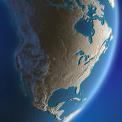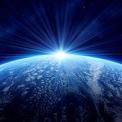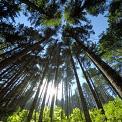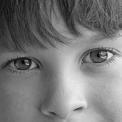Nature: Creation, Destruction, and New Life
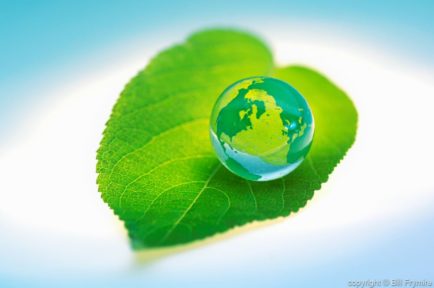
Would you like to use this image? Click here to use it.
Nature is a great force of creation – the birth of a baby deer takes seven months of gestation, a spider lays up to 1000 eggs in a beautiful silk sack to protect her young, a huge pine can grow from a single seed. But of course with every act of creation, nature also destroys. No deer can be born without the vegetation to support its diet, and no spider can hatch without other insects to eat, and no tree can grow without rich soil full of nutrients. And soil is one of the crucial links in the chain that supports life on earth.
So what happens when the ecosystem is disrupted by nature’s own destructive forces, such as fire? Well, usually it is actually a good thing in the long term. Fire encourages a diversity of plant species to renew the ecosystem that has been burned, and many animals such as birds and other small rodents like to nest in trees touched by fire. Fire is a reminder that although the earth seems to be a solid landscape, it is actually a constantly changing system that self-regulates. Many times an area touched by forest fire will not ever be the same, as when we lose the vegetation on a landscape, it changes the way that water moves through the soil, and sometimes fire even changes the composition of the soil itself, increasing nutrients, or sometimes if the fire is hot enough it can burn away nutrients.
Nature’s destruction is as terrifyingly beautiful as creation. People have long witnessed the force of nature, and many traditional cultures have learned to live with and understand the two sides of Nature’s creation and destruction.
What do you think about Nature’s balancing act of creation and destruction? Let me know in the comments or on Facebook.



